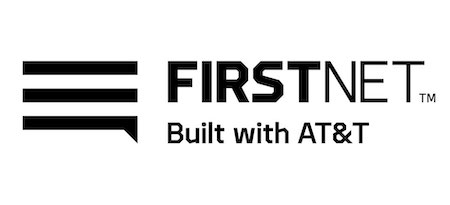South Wireless Summit Coverage
FirstNet is 94 percent built out, has 2.2 million connections, and 16,000 agencies have signed on, only three years after the system was turned on; but don’t expect the network to stop evolving any time soon, Ed Parkinson, FirstNet CEO told an audience at the South Wireless Summit over a Zoom hookup yesterday in Nashville. He updated the audience on the progress of the network, its deployable assets and the new FirstNet-ready devices and applications that are available to First Responders.
“We have a long way to go in terms of expanding, upgrading and ensuring that the network can evolve, just in the same way that you and I have changed the way we use our smart devices,” he said. “That’s why the FirstNet authority has to continue to engage with public safety, to understand how it works and where they need it.”
Parkinson spoke about the collaboration between FirstNet and the public safety community and the deployments during hurricanes, tornadoes, wildfires and civil unrest. It provided support during COVID, delivering deployable assets to the USS Mercy when it was converted into a floating hospital. In just the first six months of 2021, public safety entities requested FirstNet deployable communications assets more than 200 times.
“We have had many deployable assets requests to provide communication support, and that’s an important part of flexibility of being able to bring the network where you need it to increase capacity, when it’s required,” Parkinson said.
Those deployable assets include the FirstNet Flying cell on wings and FirstNet One, an aerostat or blimp for use in the aftermath of major disasters. FirstNet and AT&T recently announced the growth of the dedicated fleet of deployable assets, which now consists of more than 100 assets available to FirstNet subscribers by request.
Investment funding from AT&T recently supported the addition of 15 new assets to the dedicated fleet, including more SatCOLTS (cell on light trucks) and new form factors like the Communications Vehicle and Compact Rapid Deployable, according to Parkinson.
“We are pleased that AT&T continues to go above and beyond to offer more innovations to public safety,” Parkinson said. This is another example of the benefits of the FirstNet public/private partnership delivering value for public safety.”
There are now 210 FirstNet-ready devices that are part of a suite that are FirsNet- and public safety-specific. Additionally, applications have been designed by public safety for public safety and are available from Google Play, Apple’s App Store and the FirstNet App Catalog.
“It’s been remarkable to see the diversity and, frankly, the engineering that’s gone into the FirstNet program, and all of that is borne out in the input of public safety providers,” Parkinson said. “It is fascinating to see how those applications and devices have been growing.”
One device highlighted by Parkinson was the AirgainConnect HPUE High Power Modem-Antenna, which is designed specifically to provide high-performance LTE connectivity for public Safety fleet vehicles. It has increased coverage and throughput and ten times the power of a conventional modem.
Another advance for FirstNet in the area of applications is the ability to locate devices, based on their height above the ground, known as the Z-Axis.
“Knowing how high we are above ground level is very important especially for firefighters,” Parkinson said. “With GPS, we know your X and Y coordinates, but we don’t know if you’re on top of a 10-story building or if you’re on the ground floor. That’s a really important differentiation.”
AT&T is paying FirstNet $18 billion to lease its spectrum, which, by law, must be reinvested back into the network. Parkinson plans to continue FirstNet’s engagement with public safety and the private sector to gauge what trends are occurring in the commercial marketplace or in the public safety environment.
FirstNet is combining a new 5G core with millimeter wave (mmWave) spectrum from AT&T to give first responders the ability to take advantage of low-latency and high-speed 5G access, Inside Towers reported.
“We’re excited to see the mmWave spectrum, as well as the capabilities that we can provide in 5G as we move through 2022 and beyond,” Parkinson said.
By J. Sharpe Smith, Inside Towers Technology Editor





Reader Interactions